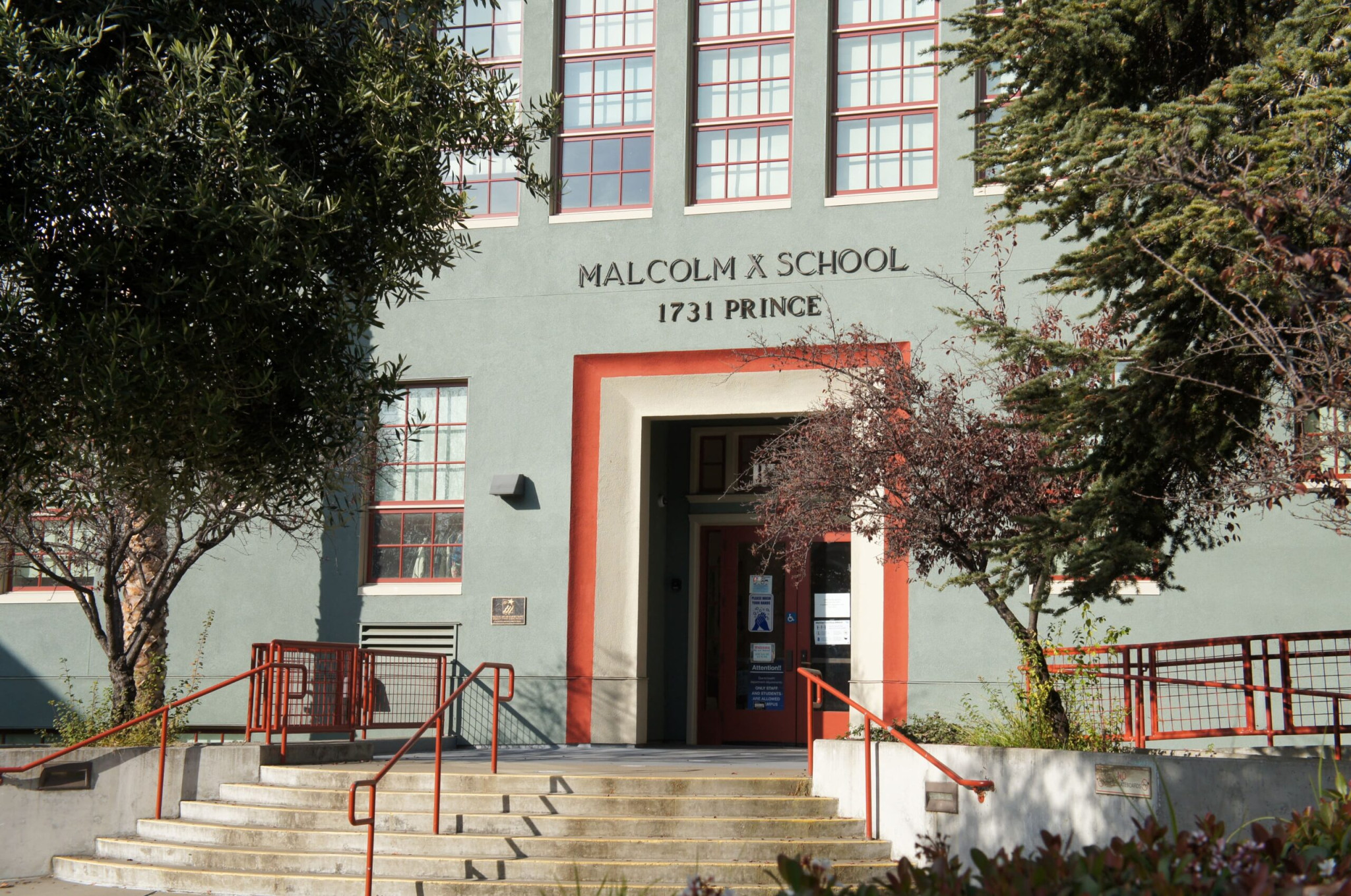The Berkeley Unified School District (BUSD) has launched the “COVID-19 Risk Reduction Dashboard.” This resource, a website that can be accessed through the BUSD homepage, lists six areas of preparation, with specific tasks that elementary schools must complete to return to campus: facilities, health practices, school campus logistics, staff, students and families, and agency approvals.
Miles Miller, a senior and the Berkeley High School (BHS) school board representative, said, “The main goal is to provide as much transparency [as possible] to parents about what we’re doing to make campuses safe again.” BUSD Public Information Officer Trish McDermott said that the site can be useful for high school students as well, as it provides an “opportunity to also see what has to happen to get their campuses open.”
The dashboard has nearly all tasks marked as completed, including everything in the facilities, health practices, and school campus logistics categories. Miller said that health practices are one of the top priorities for the school board. He explained, “Even if they’re completed on the dashboard, they’re something that we’re continuing to talk about.” McDermott added that from communications, she knows that this “quick and immediate reference” is being used, and has received “feedback that it has been very helpful, for people to both understand the process and to observe the progress on these goals.”
Now, only a few tasks remain, including approval systems from two different agencies, agreements with school staffs, and a student enrollment survey that will be distributed closer to the target reopening date of January 13. For a school to return, it must have a plan approved by the Alameda County Office of Education, and must pass an inspection from the City of Berkeley. In addition, negotiations with the teachers' union are still ongoing in order to reach consensus about staff safety, especially to protect elderly staff. Miller acknowledged that this is a long process, with many steps, and that the school board feels the need to be thorough, since, “At the end of the day, it’s not as simple as ‘okay, we just come up with this social distancing plan and just send everyone back.’ It’s not that easy.”
Despite how far along in the process the district is, Miller said that he perceives parents as being very invested in learning about how the return to school will work. “Even with the dashboard up, parents still have a lot of questions about certain things, like sanitary stations, and staff agreements, and transportation to school, like buses. Even if they’re listed on there as completed, parents still want to know what they are, and I think they’re definitely interested,” Miller said.
However, a completed checklist alone does not mean that students will be able to return. Due to a rapidly accelerating number of COVID-19 cases, Alameda County was moved to the Purple Tier on November 16, meaning that schools are unable to open even if they are ready logistically. For elementary schools to reopen, Alameda County would need to be in the Red Tier for 14 consecutive days, which requires 7 or fewer new cases per 100,000 people per day, as well as a positive test rate at 8 percent or lower. Currently, Alameda county has a test positivity rate of 2.5 percent, and is at 7 cases per 100,000 residents per day. Yet the California Department of Public Health placed the county in the Purple Tier based on the assumption that cases would continue to rise.
Miller cited this as a complication, and explained, “It’s not just about having everything on the dashboard done, the timing also has to be right.” He added, “Even if we have everything on it completed, the main hang-up still can be whether Covid rates are low enough to send kids back to school.”
Looking forward, the school district hopes to create dashboards for middle and high schools as well. “This would be the next step to continue this effort at transparency for our secondary school students and families,” McDermott said.





